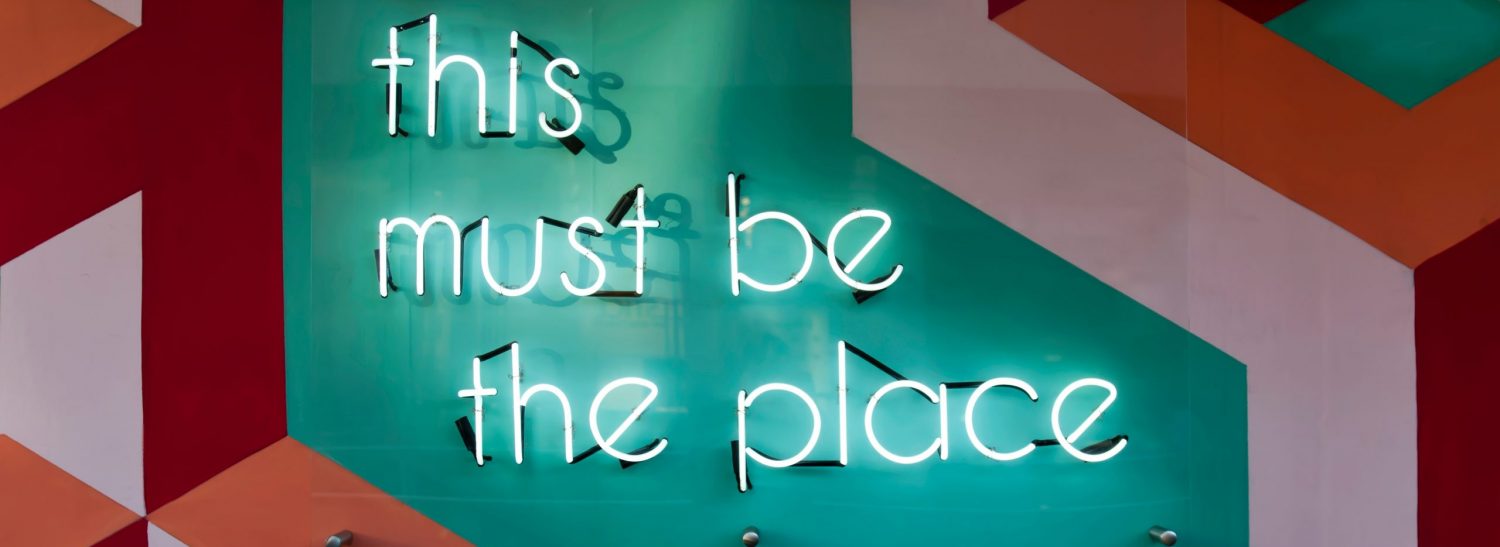Task 7: Mode bending
If you are having trouble viewing this, follow the link here: https://app.milanote.com/1O68jb1WkCis1W?p=ry4DhXucTjs
This week I decided to completely embrace the notion of multiliteracies as discussed in the Cazden et al. (1996) article. In doing so, I explored multimodal ways of presenting my original content to help convey these literacies and therefore help create deeper meaning for the audience in this digital environment (Cazden et al., 1996). By diversifying my content presentations, I was aiming for a wider audience and I felt I was able to adhere to the movement of using digital literacies to create further inclusion in education as Kolbitssch and Maurer describe this can then begin to create:
…opportunities for interaction, or more generally with increased access and participation in
the literate, informed and knowledgeable quality of our lives through the open access movement
and the self-publishing technologies of blogs and wikis. (2006, as cited in Dobson & Willinsky, 2009, p.2)
The Cazden et al. (1996) article describes that due to the exclusionary nature of current literacy teaching pedagogies we must, “rethink what we are teaching, and, in particular, what new learning needs literacy pedagogy may now address” (p.61). Remixing my original content allowed me to help create more inclusivity. I was able to do this by researching and employing tools to allow for my words to be translated into sign language for a deaf or hard of hearing audience who may find reading signs easier/faster, to allow for dual audio and visual representations of my text to those that may benefit more from visual learning or auditory learning and finally, to include interactive components to allow for those that learn better in a more kinaesthetic way. I also tried to use different coloured backgrounds and dyslexic favoured fonts where I could.
Cazden et al. (1996) explain how multiliteracy skills are helping students to fulfill many goals including those to help design their social futures and achieve future employment on account of these. I found while embarking on my remix/remake of my original work that I too was helping to develop my 21st century skills such as video editing, software experience and authoring in multiple spaces through creating multimodal presentations of my original information. In doing so, I developed skills which may add to my current skillset and that I may then potentially use for future employment opportunities that demand these 21st century skills.
During my remix construction I was aware that I wanted to allow for opportunities of interaction and collaboration as these are important affordances that digital technologies allow for in literacy and education and are described from early on as providing benefits as described by Bruce et al. (1985, as cited in Dobson & Willinsky, 2009) in the following, “research showed that the ability of students to readily see and comment on each others’ work led to improvements in the quality of writing” (p.2). I therefore included opportunies in the remixed content to comment, contribute and co-author and ‘like’ comments or material that the audience could relate to or saw as relevant to them.
One of the challenges on the other hand during this task was trying to find the best tools to help diversify my content presentation to help adhere to as many groups and styles of learners as I could. This is marked by Mabrito & Medley (2008) as an important aspect to filling the current gap in current educational settings due to the discrepancies in some teachers’ digital literacy and learners’ digital literacy knowledge and skills (p.3). Although I tried my best to include as many people as possible by trying to cater to differing learning styles and needs, it was tricky to find ways to cater to all groups and cultures. I wanted to add in a translator for example to allow for other language learners to view my content but couldn’t find one that would translate the entire page automatically except for downloading a plugin that some may not want to do. I had to then settle on directing the viewers of my content to a translating app via a link to another website. Another challenge of course in finding new tools and research is that it takes time and it is quite time consuming to embark on multiple remixes or multimodal presentations of content. That being said, however, it was time well invested in skill development that will lead to future opportunities to those who view, interact and learn from this content as Cazden et al. (1996) describe:
we should get back to the broad question of the social outcomes of language learning , and that
we should, on the basis, rethink the fundamental premises of literacy pedagogy in order to
influence practices that will give students the skills and knowledge they need to achieve their
aspirations (p. 63).
References
Cazden, C., Cope, B., Kalantzis, M., Luke, A., Luke, C., Nakata, M., & New London Group. (1996). A
pedagogy of multiliteracies: Designing social futures. Harvard Educational Review, 66(1), 60-92.
https://doi.org/10.17763/haer.66.1.17370n67v22j160u
Dobson, T., & Willinsky, J. (2009). Digital Literacy. In D. Olson & N. Torrance (Eds.), The Cambridge
Handbook of Literacy (Cambridge Handbooks in Psychology, pp. 286-312). Cambridge: Cambridge
University Press.
Mabrito, M. & Medley, R. (2008). Why professor johnny can’t read: Understanding the net generation’s
texts. Innovate: Journal of Online Education: Vol. 4:6, 1-8
